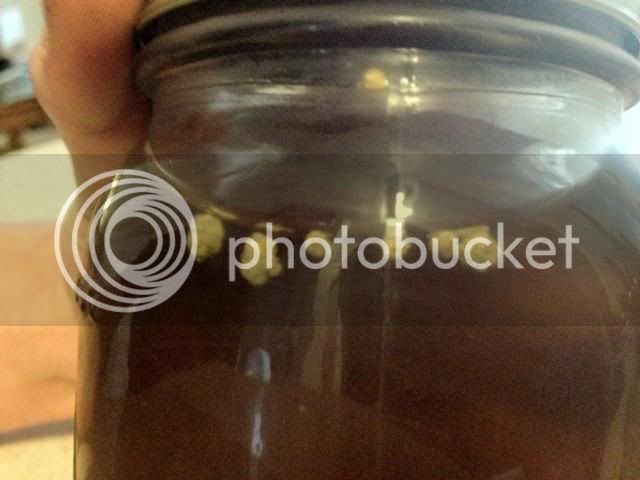Would it be ok, say i have some washed yeast which i cant tell if it was washedas good as i wanted sitting in the fridge for good for a month.I dont plan on making a starter because i have no dme. im doing a double small batch, i have 3-4 oz of this yeast in my fridge with obvious light amber beer color above it. \
My question,is since im doing a double small batch would it be ok to decant the top then add water,swirl it up and pitch 1/2 each of the cloudy mix avoiding the more trub on the bottem? I just think since i have enough yeast slurry which was pooly washed probably that i could rewash it upon pitching? Im just saying because ive been told i have enough to pitch for a 5 gallon batch- i have 4 oz of quasi washed yeast for 2- 1.6 gallon batches,am i good? Or am i doomed to need a starter,im shure the answer is starter, but someones said i have enough slurry for a 5 gal batch when i 1/3 5 gal batches.







